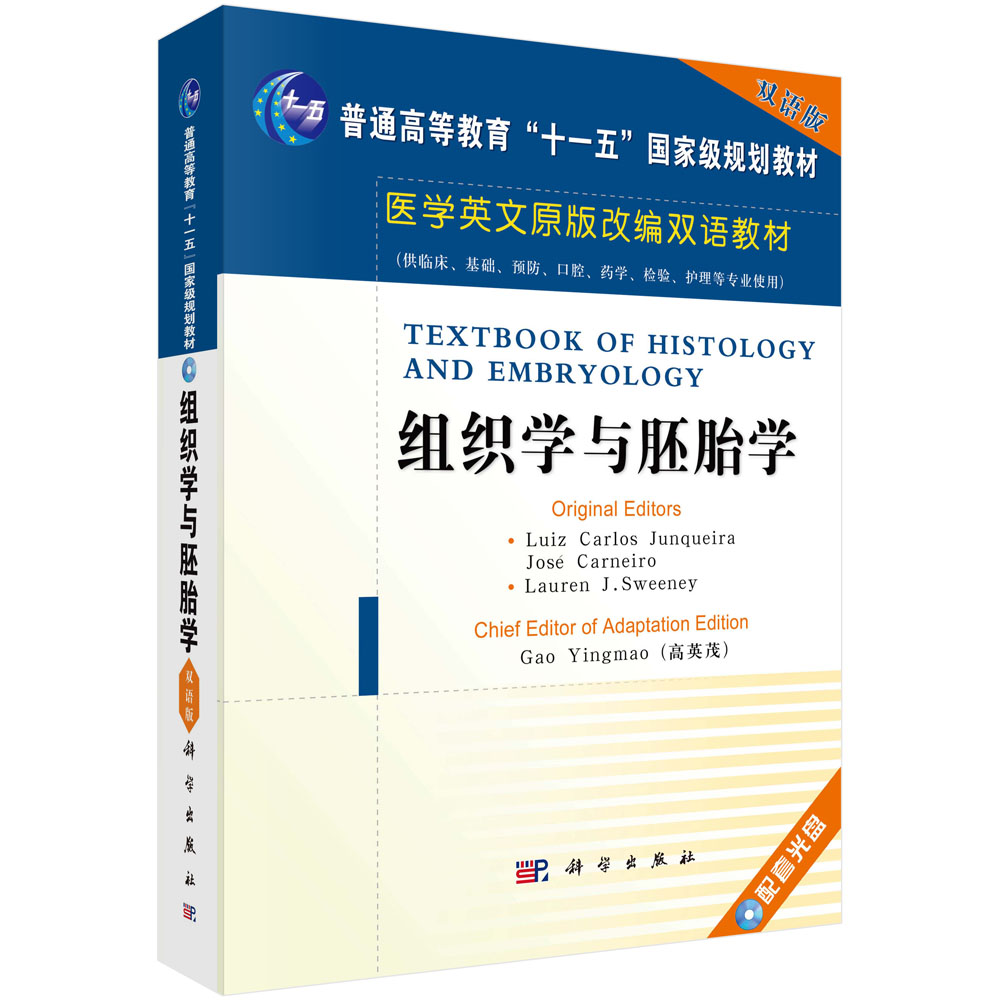本书为英文和中文双语教材,共分为三个部分:第一部分是结合GMS区域的目标导向项目规划系统流程概论;第二部分是ZOPP/OOPP理论在GMS区域发展规划与管理中的应用;第三部分是基于ZOPP/OOPP在GMS区域的项目规划理论及方法应用。三个部分全面、完整、系统地将目标导向项目规划的理论、方法、流程及应用阐述给教学的授课方和学生方,使“教”和“学”有机结合、相得益彰。
样章试读
目录
- Contents 目录
Part One Application of Objective Oriented Project Planning Theory (ZOPP/OOPP) On Case Study of GMS Region
A. Case Study on GMS Region
Chapter 1 Introduction 3
1.1 Background 3
1.2 Purpose of the Book 9
1.3 Theoretical Support 9
1.4 Research Scope and Limitation 10
Chapter 2 Case Study of GMS Region Based on OOPP 11
2.1 Problem Analysis 11
2.2 Strength Analysis 19
2.3 Objective Analysis 22
2.4 Project Plan 28
2.5 Prioritizing Projects 35
2.6 Project Implement Planning Based on P6 37
Chapter 3 Conclusions and Assessments 45
3.1 Conclusions 45
3.2 Assessments 47
Appendix Ⅰ Problem Tree 50
Appendix Ⅱ Objective Tree 51
Appendix Ⅲ Project Scoring Table for Prioritizing 52
B. Case Study on GNNR
Chapter 1 Introduction of GNNR 57
Chapter 2 Problems of GNNR 59
Chapter 3 Management Foundations/Potentials of GNNR 63
3.1 Support from Tier Governments 63
3.2 Established Management Framework 63
3.3 Well Established Mandates and Job-Description 63
3.4 Activities on Conservation and Rehabilitation 72
3.5 Good Cooperation with Forestry Bureaus and Stations 72
3.6 Planning Procedure 73
Chapter 4 Strengthening of Management Capability and Improvement of Management Measures 74
Chapter 5 Conclusion, Suggestions and General Assessment 77
第一部分 基于GMS 地区案例研究的目标导向项目规划理论的应用
A. 越南老街省案例研究
第1章 概述 81
1.1 背景 81
1.2 选题目的和意义 86
1.3 理论依据 86
1.4 研究的范围和限制 87
第2章 越南老街省经济发展目标导向项目规划 88
2.1 问题分析 88
2.2 优势分析 96
2.3 目标分析 98
2.4 项目规划 103
2.5 项目选优排序分析 108
2.6 基于P6 的项目实施规划 111
第3章 结论及评价 119
3.1 结论 119
3.2 建议 121
附录Ⅰ 问题树 122
附录Ⅱ 目标树 123
附录Ⅲ 项目选优排序打分表 124
B. 中国云南省高黎贡山自然保护区案例
第1章 高黎贡山自然保护区介绍 130
第2章 高黎贡山自然保护区面临的问题 131
第3章 高黎贡山自然保护区管理基础及优势 134
3.1 各级政府的支持 134
3.2 确立的管理框架 134
3.3 既定的任务和工作描述 134
3.4 保护区的森林保护和恢复措施 140
3.5 同林业局和林业站的良好合作 140
3.6 计划程序 141
第4章 加强管理能力与完善管理方法 142
第5章 结论、建议及总体评价 144
Part Two Application of ZOPP/OOPP Theory in District Development Planning and Management
Chapter 1 Ecological Profile Analysis of GMS Region 148
Chapter 2 Farming Systems Analysis 151
Chapter 3 Analysis of Accessibility 152
Chapter 4 Settlement Analysis 154
Chapter 5 Institutional Analysis 158
Chapter 6 Planning WorkshopⅠ: Analysis 159
Chapter 7 Planning Workshop Ⅱ: Planning Phase 162
7.1 Introduction 162
7.2 Spatial Dimension of Policy Framework 165
7.3 Alternative Development Program Concepts 166
7.4 Formulation of District Development Program 168
7.5 Conclusions and Recommendations 172
7.6 Monitoring and Evaluation 173
第二部分 ZOPP/OOPP 理论在GMS 区域发展规划与管理中的应用
第1章 GMS 区域的生态概况分析 180
第2章 农业系统分析 183
第3章 可行性分析 184
第4章 定位点分析 186
第5章 机构分析 190
第6章 规划研讨会Ⅰ:分析 191
第7章 规划研讨会Ⅱ:计划阶段 193
7.1 引言 193
7.2 政策框架的空间维度 195
7.3 替代发展计划的概念 196
7.4 制订区域发展计划 197
7.5 结论和建议 200
7.6 监测与评估 201
Part Three Application of ZOPP/OOPP Theory Technology on District Development Planning and Management
Chapter 1 Work Preparation for WorkshopⅡ 206
1.1 Interest Group Analysis 206
1.2 Concept of Participatory District Development Planning 208
1.3 Operational Aspects 209
Chapter 2 Environment Impact Assessment of High Dam Project 210
2.1 Introduction 210
2.2 Objectives 211
2.3 Methodology 211
2.4 Results and Conclusions 212
Chapter 3 Scenario Writing/Population Projection 213
Chapter 4 Agriculture Planning 218
Chapter 5 Location Evaluation for Upgrading Rural Center 221
Chapter 6 Policy Statement for the GMS Region 224
第三部分 基于ZOPP/OOPP 在GMS 区域的项目规划理论及其方法应用
第1章 研讨会Ⅱ的工作准备 234
1.1 利益相关者分析 234
1.2 参与式区域发展规划的概念 235
1.3 操作方面 236
第2章 高坝项目环境影响评估 237
2.1 引言 237
2.2 目的 238
2.3 方法 238
2.4 结果与结论 238
第3章 场景描述/人口预测 239
第4章 农业规划 243
第5章 农村中心升级的位置评估 246
第6章 GMS 区域的政策声明 248





























